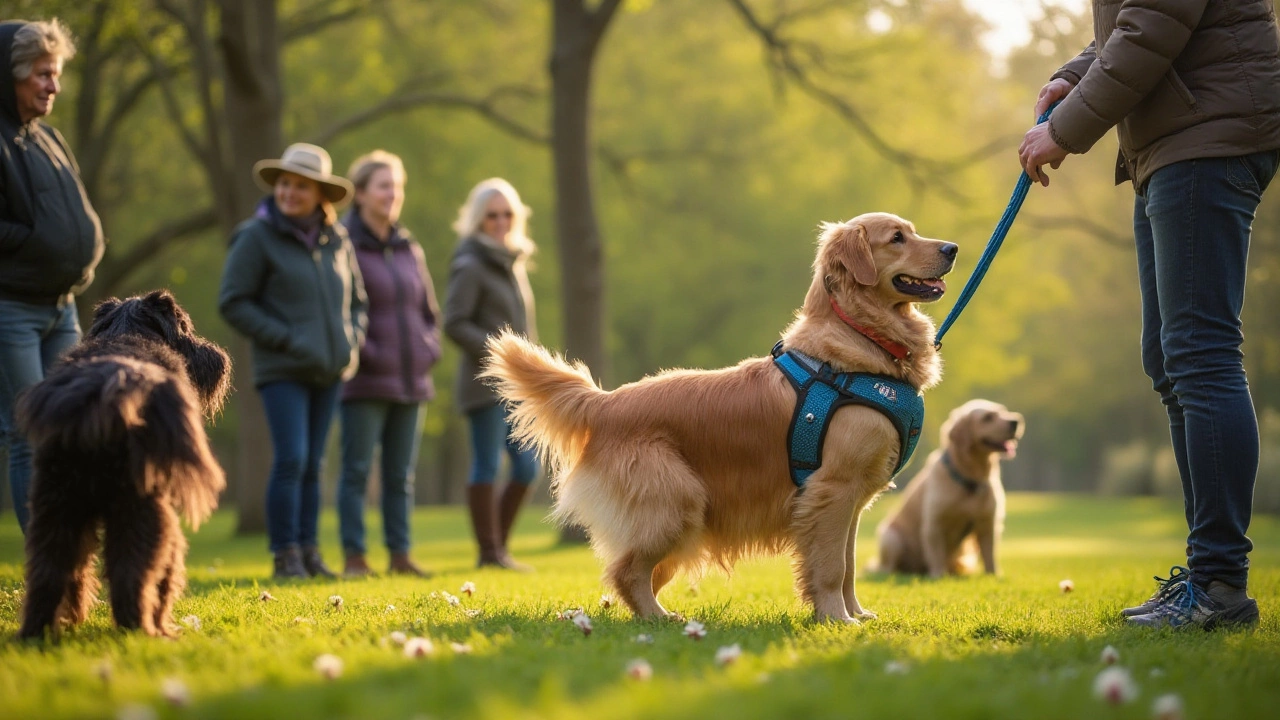Dog Training Equipment: What Every Owner Needs to Know
If you’re looking to train a gundog or a family pet, the right gear makes a huge difference. A good collar, a snug harness, or a simple clicker can turn frustration into progress. Below you’ll get clear advice on picking safe, comfortable, and effective equipment without the hype.
Collars vs Harnesses: Which Is Best?
Most vets agree that the choice depends on your dog’s build and the training you plan. A flat leather or nylon collar works fine for calm walks, but it puts all pressure on the neck. That can be risky for breeds with delicate throats or dogs that pull hard.
Harnesses spread the force across the chest and shoulders, protecting the neck. Look for a padded, no‑choke style that slides easily on and off. If you need a bit of control for a high‑energy gundog, a front‑clip harness can redirect pulling without hurting the animal.
Training collars—like slip, choke, or shock models—are controversial. Many trainers now favor humane options such as martingale or semi‑tight collars that give you control without pain. If you decide to use a training collar, choose one with a quick‑release buckle and only apply light pressure under a professional’s guidance.
Choosing the Right Training Tools
Beyond what goes around the neck, think about the tools that help you communicate. A clicker is cheap, simple, and works for most dogs. Pair it with treats and you have a clear, positive signal.
Leashes come in various lengths. A standard 4‑foot leash is best for everyday walks, while a longer 10‑foot training line gives you room to practice recall without losing control. If you’re training in open fields, a sturdy, non‑elastic lead is safer than a retractable one that can snap back.
For scent‑hunting gundogs, consider a short “training lead” that lets you keep the dog close while allowing some freedom to work a scent trail. Pair it with a sturdy, breakaway collar in case the dog gets snagged on brush or low branches.
Finally, don’t overlook comfort accessories. A lightweight blanket inside a crate can calm nervous pups during travel, and a soft chew toy helps redirect nooking or chewing habits while you’re teaching new commands.
Remember, equipment is only as good as the consistency you bring to training. Test each item at home first—check for fit, movement, and your dog’s reaction. If anything feels tight, chafes, or makes the dog anxious, swap it out. With the right gear and a patient approach, you’ll see steady progress and a happier, well‑behaved companion.
- Morgan Ainsworth
- 0 Comments
Best Alternatives to Prong Collars for Dogs
While prong collars have been traditionally used in dog training, they can pose discomfort and potential harm to our canine companions. This article explores kinder and more effective alternatives, such as harnesses and head collars, that prioritize the well-being of dogs while supporting effective training. Training should be both humane and efficient, and understanding the various collar options available helps pet owners make informed choices. We delve into each option, offering guidance on their best use and benefits.
View More
